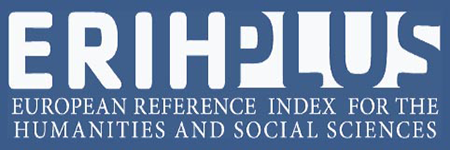From Brotherhood to Cultural Heritage: The Desire to Preserve the Tradition of Musahiplik and the Convention for the Safeguarding of the Intangible Cultural Heritage
DOI:
https://doi.org/10.24082/2025.abked.513Keywords:
Alevism, Musahiplik, Ritual, UNESCO, ICH Convention, Civil Society, Afterlife Brotherhood, BrotherhoodAbstract
Traditional institutions, rules, and sanctions within Alevism hold significant importance due to their role in organizing social life. In the past, Alevis who lived in rural areas, distant from urban life, were able to preserve their traditional structures and perform their rituals. Within the traditional Alevi belief system, the practice of musahiplik (spiritual brotherhood) holds a central place in community organization. Musahiplik, a form of brotherhood not based on blood ties but rather symbolizing loyalty to the spiritual path (Yol), is also known by various names such as “path brotherhood,” “brotherhood of the afterlife,” or “pledged brotherhood.” Its significance lies in the fact that musahiplik has deep historical roots in traditional Alevism, has been passed down to the next generation, and operates within a framework of rules and sanctions that reinforce the individual’s sense of belonging. While the rituals, core principles, and practices of musahiplik remain consistent, they are referred to by different names across regions and localities. This variation reflects the cultural richness of the Alevi tradition.
The musahiplik tradition mirrors the conditions and lifestyle of its time, aligning closely with the structure of social life. However, shifting socio-economic conditions, particularly rural to urban migration, have led to a weakening of traditional institutions. Alevis, in their efforts to gain acceptance, adapt to new surroundings, and often conceal their identity in urban settings, have contributed to the erosion of such practices. Despite these changes, musahiplik remains a deeply rooted cultural value and heritage that continues to exist today. As a shared heritage among Alevi communities in Anatolia, preserving this tradition and transmitting it to future generations while maintaining its spiritual integrity is of great importance.
An examination of the 2003 UNESCO Convention for the Safeguarding of the Intangible Cultural Heritage reveals that the musahiplik tradition within the Alevi faith constitutes a cultural heritage needing preservation. The convention emphasizes the need to safeguard intangible cultural heritage in the face of serious threats such as globalization, urbanization, and cultural degradation or extinction. It promotes the production, protection, and transmission of intangible heritage, and encourages educating and raising awareness among younger generations. This study addresses the intergenerational transmission of the musahiplik tradition within the framework of the 2003 ICH Convention, emphasizing the need to preserve it with a future-oriented vision.
Downloads
Downloads
Published
How to Cite
Issue
Section
License
Copyright (c) 2025 Journal of Alevism-Bektashism Studies

This work is licensed under a Creative Commons Attribution-NonCommercial-NoDerivatives 4.0 International License.








